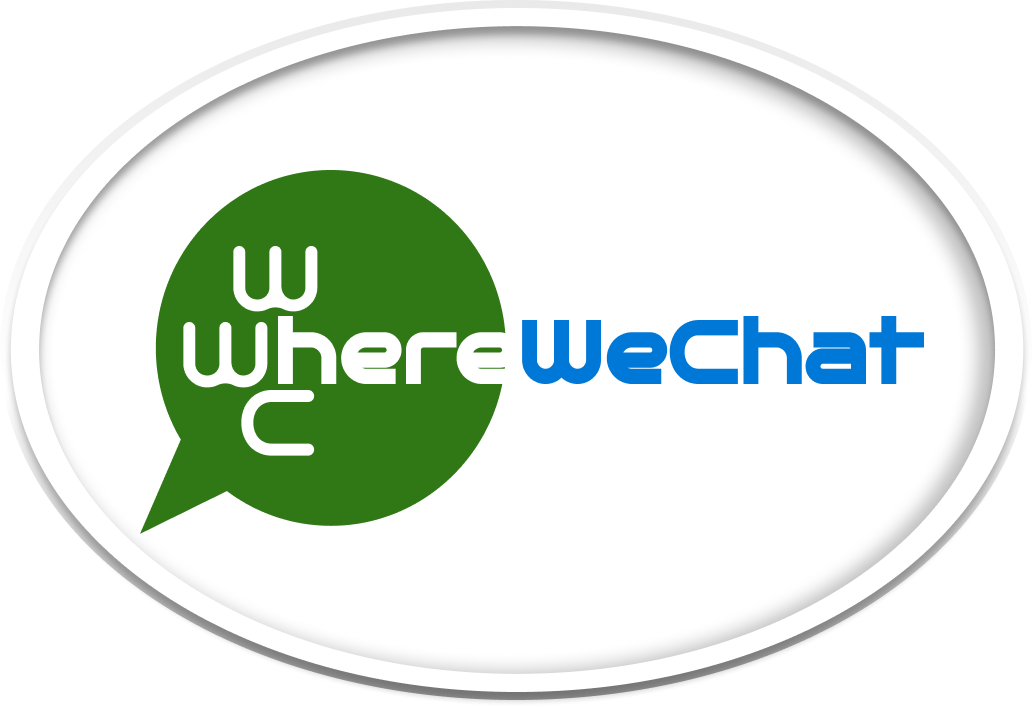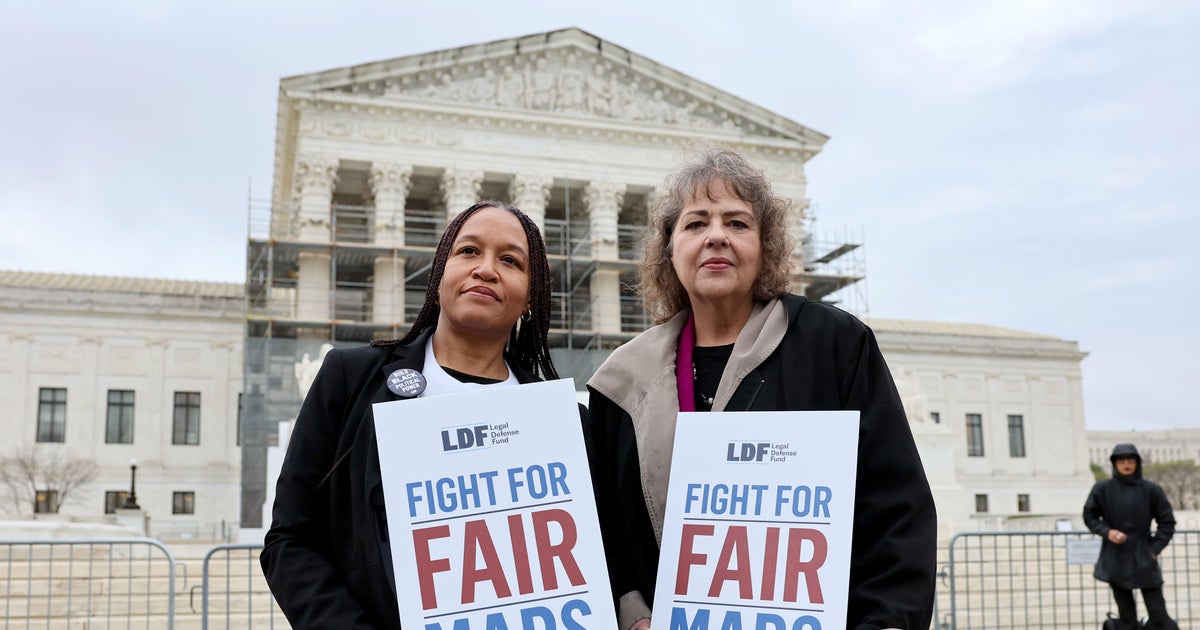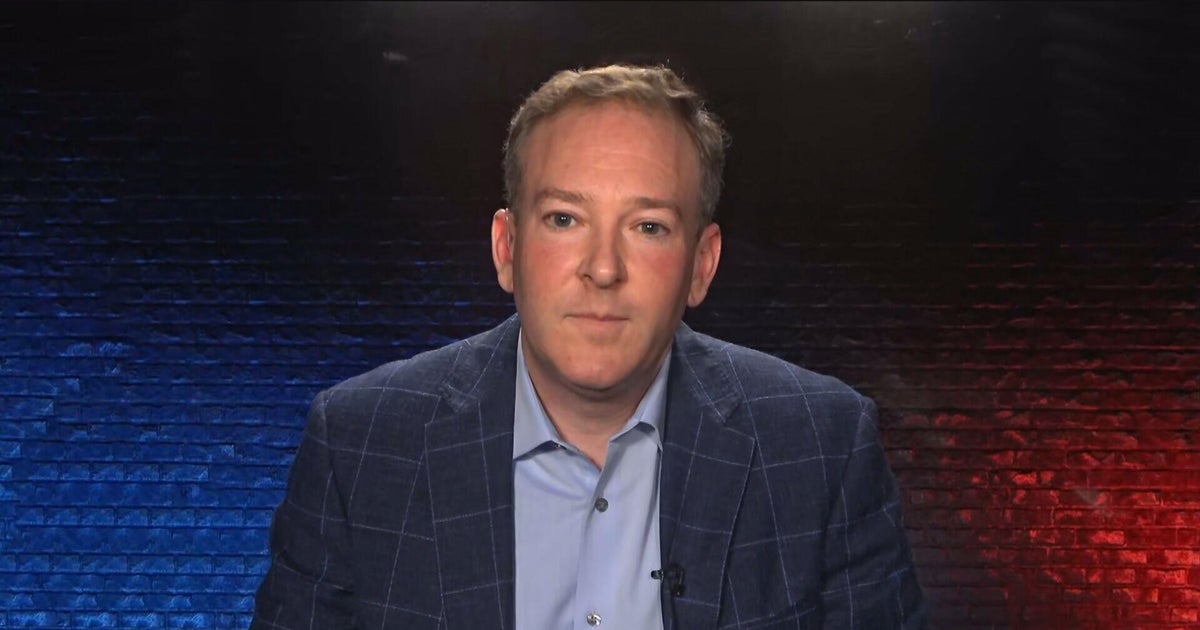 The average 70-year-old homeowner could borrow a hefty amount with a reverse mortgage right now.
Getty Images/iStockphoto
The average 70-year-old homeowner could borrow a hefty amount with a reverse mortgage right now.
Getty Images/iStockphoto
The retirement landscape has shifted dramatically in recent years, with many Americans now finding themselves equity-rich but cash-poor as they enter their golden years. While traditional pension plans have largely disappeared and Social Security benefits continue to face pressure, one asset has quietly grown into a financial powerhouse for older homeowners: their home equity. According to recent data, the average homeowner holds approximately $313,000 in home equity, representing a substantial untapped resource for just about anything, including retirement funding.
This timing couldn't be better, either, as this year has ushered in significant changes to the reverse mortgage landscape that directly benefit older borrowers. For 2025, the Federal Housing Administration (FHA) increased the maximum claim amount for Home Equity Conversion Mortgages (HECMs) to $1,209,750 — a jump of nearly $60,000 from last year's limit. And, while Federal Reserve rate cuts have been paused over the last several months, the rate cuts that occurred in 2024 helped ease some of the pressure on borrowers, making this a good time to consider a reverse mortgage.
These developments represent a particularly compelling opportunity for 70-year-olds who are interested in this type of borrowing. At age 70, borrowers are old enough to qualify for substantial loan amounts, yet typically young enough to maximize the long-term benefits of a reverse mortgage loan. But exactly how much can someone at this age actually borrow in today's market? That's what we'll examine below.
Find out how you can supplement your retirement income with a reverse mortgage here.
How much can a 70-year-old borrow with a reverse mortgage right now?At age 70, you would qualify for higher payout ratios compared to someone just meeting the minimum age of 62. HUD uses what's called a Principal Limit Factor (PLF) to determine what portion of your home's value (up to the national lending cap) you can access. For a 70‑year‑old borrowing at a typical interest rate (around 6 % currently), the PLF would be about 41%.
To get a rough estimate of your borrowing limit, you would multiply the PLF against your home's value. So, if your house is worth $500,000 (below the FHA cap), the gross principal limit would be roughly $205,000 (0.41× 500,000 = $205,000). But if your home is valued, or capped, at the full $1,209,750, the maximum gross proceeds would be about $495,997 (0.41 × 1,209,750 = $495,997.50).
Note, though, that the estimates above are calculated before accounting for fees, closing costs, mandatory obligations or a required life‑expectancy set‑aside (LESA). After those are deducted, your net principal limit, which is the actual amount you can choose to receive, will be lower.
But what if your home is valued higher than the HECM cap allows? In these cases, you have the option to consider a proprietary jumbo reverse mortgage, which is a type of non‑FHA reverse mortgage that goes above the FHA limit, and can allow you to borrow as much as $4 million in some cases. However, this type of reverse mortgage loan does not have FHA insurance backing it.
Explore your reverse mortgage borrowing options and find the right fit online now.
How to maximize your reverse mortgage benefits at age 70While your age and home value set the baseline for how much you can borrow with a reverse mortgage, the strategies outlined below can help you get even more value out of your loan:
Choose the right payout optionReverse mortgages offer several ways to receive your funds: a lump sum, monthly payments, a line of credit or a combination. If you don't need all the money right away, a line of credit can be especially powerful, as the unused portion of your credit line grows over time, giving you access to more funds later. This option is ideal if you want a financial cushion for the future.
Lock in a favorable interest rate earlyReverse mortgage loan amounts are tied to the expected interest rate. The lower the rate, the more money you can borrow. Some lenders let you lock in a rate for up to 120 days, which can protect your borrowing power while you shop around or complete the application process.
Compare lender fees and closing costsNot all lenders charge the same fees. Some may offer lower origination charges or waive certain closing costs. Since these expenses are deducted from your loan proceeds, finding a lender with competitive pricing can increase the actual amount of money you pocket.
Work with a knowledgeable lender or reverse mortgage specialistAn experienced reverse mortgage professional can help you evaluate all your options and identify the best setup for your financial goals. They can also walk you through the process, ensure you understand all the costs involved and help you avoid common pitfalls. With so many moving parts, having the right guide can make a significant difference.
The bottom lineFor 70-year-olds considering their retirement financing options, the current reverse mortgage landscape presents a uniquely favorable opportunity. With today's high FHA lending limits and relatively stable interest rates, borrowers may be able to extract substantial value from their home equity. However, as with any major financial decision, it's crucial to thoroughly evaluate your unique circumstances, understand all costs and obligations and work with qualified professionals to ensure a reverse mortgage aligns with your long-term retirement strategy and estate planning goals.
Angelica Leicht







